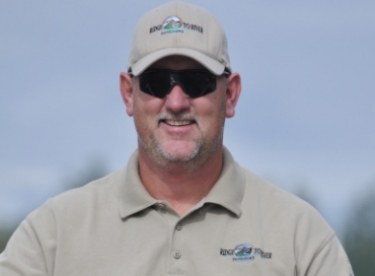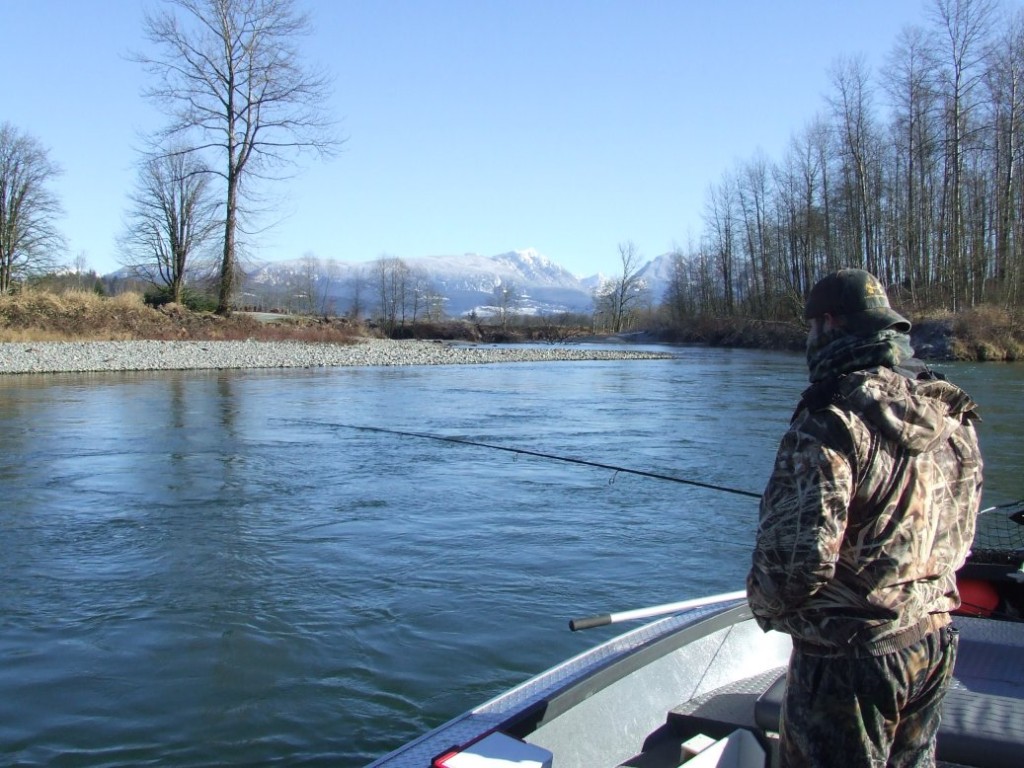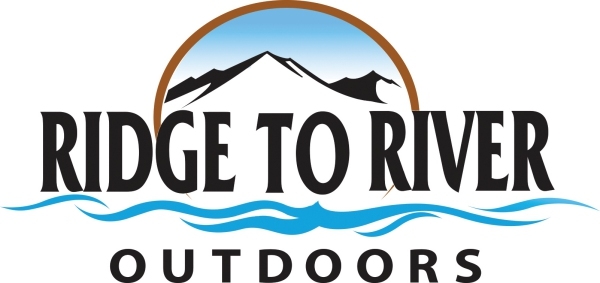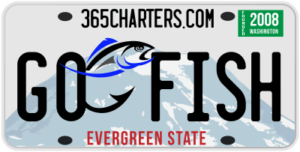
Reading water seems like a daunting task. What are the fishing experts and writers talking about? At some point in our fishing endeavors, we have all started with the concept of reading water. Depending on how it is explained, we either understand the information quickly or we continue to struggle.
I hope to explain the most important aspects of reading water in order to help you catch fish.
Many anglers fish areas repeatedly, some with success and some without. There are areas anglers congregate simply because of access or the fact other anglers are there, so it must be a good place to catch fish.
While some anglers may be content with fishing like this, you should learn how to read water. Imagine fishing an area you have never been to. When you arrive there are no other anglers, so you don’t have a baseline to fish the area.
You could just start fishing and hope for the best, and it is not to say there would not be fishing moving or holding in the stretch of water you are fishing.
The purpose of reading water to is to be more efficient in fishing and creating more opportunity of hooking fish, rather than standing in the water waving a big stick.
In reading water, we eliminate 90% of the less productive water and fish the 10% of the water that hold 90% of the fish.
This does not mean that fish never move, hold or get caught in these areas we eliminate. It just means we increase our ratio of hook fish by fishing the best water.

Look at the area of water you intend to fish, including the features that area of water displays, and predict were the fish will be found within this area of water. Identify areas that are more likely to hold fish and focus your efforts here, rather than fishing unproductive areas of river.
Since this is a blog article, I will not cover every aspect of reading water, but instead focus on a few of the most important features.
Edges – Edges can be areas of current break due to depth change, structure influence or light contrast such as shade from trees and brush lining a bank. Steelhead and salmon do not simply hold or move just anywhere. They also do not necessarily use the same features as they move about the river.
Fish look for protection from birds of prey, carnivorous animals, and us. Edges offer cover as they hold or move through the river. If the sun comes out and an edge is created by heavy shadows, fish the inside edge of the shadow. If you are fishing a depth change, say a drop off. Literally fish the edge of the drop off before you just start fishing the deep hole.
Seams – Seams are distinguished areas of current break where the fast water and slower water meet. Seams also provide cover for fish as well; given the fast water edge makes it difficult to see into the water.
Fish the inside soft water portion of the seam, allowing your bait or offering to move toward or past the fish at a slower pace giving more time for the fish to strike.
Tail-outs – Tail-outs are the result of shallow water at the end of a pool where the speed of the current picks up just below it.
Tail-outs can be very productive. Fish the entire tail-out. Look for substructure in the tail-out such as large rocks, trees and tree roots. Fish will move into a tail-out from faster water and look to rest.
Pockets – Pockets are usually associated with swift water and structure. These are areas of quieter, not dead still water that may be found in front of, behind, or beside large exposed and subsurface rocks. Look for a uni-directional current, not a swirling eddy.
Pockets are often small areas, but can be numerous depending on the area of the river you are fishing. Do not overlook pockets as it provides water circulation for the fish, while the speed of the current behind the rock is slower allowing the fish to rest.
It is really important to get out on the river consistently. Being on the river often and throughout the year will keep you apprised of the changes. You may fish an area on year with a particular set of features and the next year that stretch of water does not have the same features.
The cubic feet per second and the gauge height of a river can also change features in the span of a few days to a week. If you want to understand why you are seeing certain features on the river, get on the river when the water is at its lowest in height. This is most often in the dry summer months.
Read my low water research article.
I hope this information helps. Get on the river. But most importantly learn how to read water and look at new water. This will help you be more successful and get away from the same spots.



